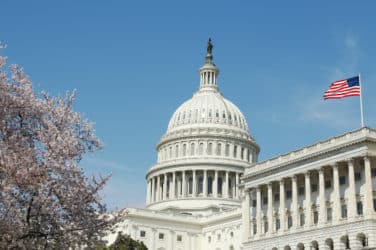
A proposal by Canadian regulators to restrict retail order flow to U.S. trading venues is shaping up as a primary market structure theme of 2015.
On Jan. 29, the Investment Industry Regulatory Organization of Canada (IIROC) published for comment a proposed anti-avoidance provision that would permit market participants to execute small client orders on a non-Canadian market only when the order is entered on a market that displays order information, or the order receives meaningful price improvement.
The proposed rule is similar to one proposed in 2012, which was not implemented because regulators were convinced that it would place Canadian dealers at a disadvantage. The fact that it’s being reintroduced highlights how concerned they are about flows heading to the U.S. market, according to Doug Clark, managing director at Investment Technology Group.
“The biggest debate in Canada right now has to do with the creation of regulatory arbitrage between the U.S .and Canadian markets on some of the interlisted names, like the Barrick Golds, the Blackberries, and the TD Banks,” Clark said. “That really comes back to the dark rules that were implemented in 2012, where Canada did what the U.S. would call trade-at, where we have minimum price improvement if you’re going to trade against a fully hidden order.”
Clark forecast that in 2015 Canadian regulators will repeal the dark liquidity rules “because there has been a loud uproar from the TMX that all of the big Canadian banks are starting to send their interlisted flow from their retail departments down to U.S. dark pools for cheaper execution.”
Regulators are worried that if 75% or 80% of trades in stocks like Barrick Gold, TD Bank, or Sun Life Financial were to start happening in the U.S., there’s a real risk that some of these stocks would do what Lululemon Athletica did a couple of years ago, and actually get rid of their Canadian listing, which would result in a hollowing out of the Canadian markets.
Referring to the dark rules, Clark said: “What the broker-dealers said is, ‘If you implement that, we’re going to trade in the U.S., because it’s cheaper than trading in the lit markets and we think we get better fills.’ At the time, the regulators threw out an idea of perhaps having some sort of anti-avoidance, saying you can’t trade in dark unless you get similar price improvement. But for logistical reasons they didn’t go forward with it.”
In announcing the anti-avoidance rule proposal, IIROC president and CEO Andrew Kriegler said: “IIROC’s proposal would achieve consistent application of the rules we have designed to incent price discovery on Canadian public markets in order to keep our markets healthy. We believe that Canadians should get the best possible price, but the price improvement must be sufficiently meaningful to forgo the benefits that transparency brings to Canada and to the quality of Canadian markets.”
Featured image via Dollar Photo Club






